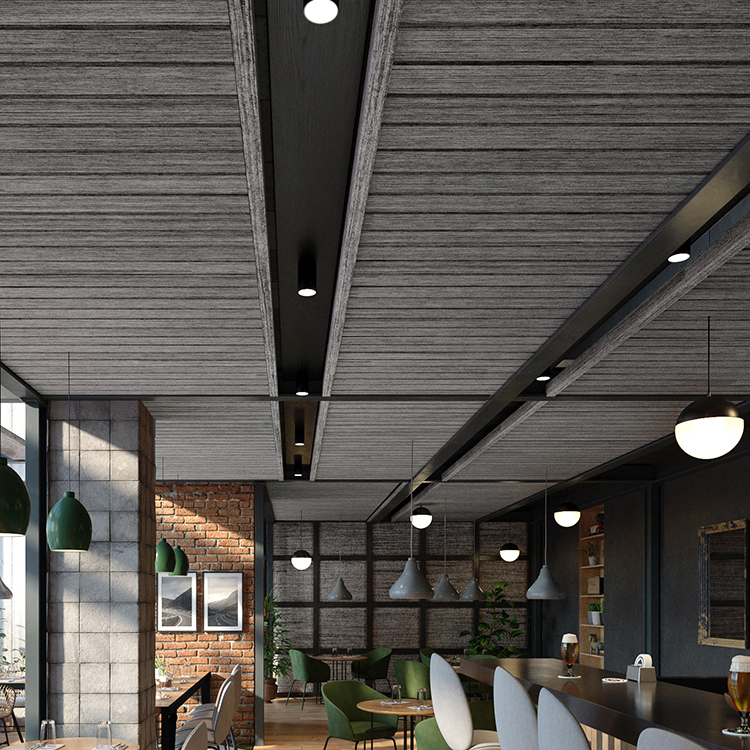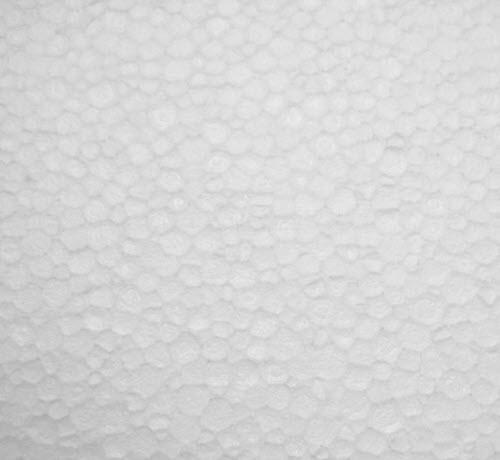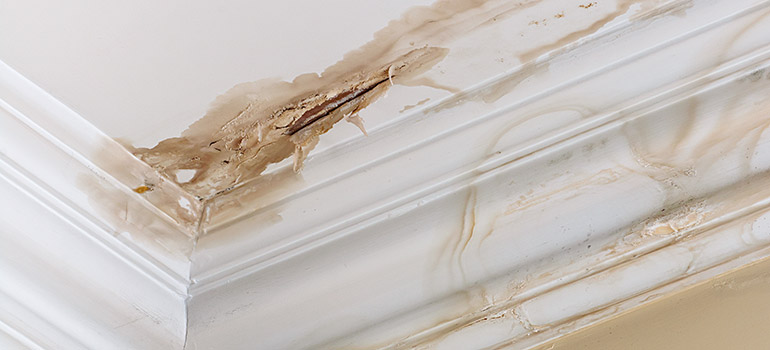Industrial spaces demand practical solutions that can withstand the rigors of daily use while maintaining a visually appealing environment. When it comes to ceiling options, industrial drop ceiling tile offer the perfect combination of durability, versatility, and aesthetic appeal. In this comprehensive guide, we explore the benefits, applications, and installation considerations of industrial drop ceiling tiles, empowering you to elevate your space with confidence.

Introduction
The ceiling is often an overlooked aspect of interior design in industrial settings. However, the right choice of ceiling materials can significantly impact the functionality and aesthetics of the space. Industrial drop ceiling tiles are engineered to meet the unique requirements of industrial environments, providing superior performance and design versatility.
Read too: Exploring the Efficiency of Radiant Ceiling Heater Electric: A Comprehensive Guide
Understanding Industrial Drop Ceiling Tiles
Industrial drop ceiling tiles, also known as suspended ceiling tiles or acoustic ceiling panels, are modular panels designed to fit into a grid system suspended from the ceiling structure. These tiles are typically made from durable materials such as fiberglass, metal, or mineral fiber, offering excellent resistance to moisture, fire, and impact.
Benefits of Industrial Drop Ceiling Tiles
- Durability: Industrial environments often face heavy foot traffic, humidity, and temperature fluctuations. Industrial drop ceiling tiles are engineered to withstand these challenges, maintaining their structural integrity and appearance over time.
- Acoustic Performance: Proper acoustics are essential in industrial settings to reduce noise levels and improve communication. Many industrial drop ceiling tiles are designed with acoustic properties to absorb sound, creating a more comfortable and productive work environment.
- Design Versatility: From sleek and modern to rugged and industrial, industrial drop ceiling tiles are available in a wide range of styles, colors, and textures to suit various design preferences and architectural themes.
- Easy Installation and Maintenance: The modular nature of industrial drop ceiling tiles simplifies installation, allowing for quick and hassle-free upgrades or repairs. Routine maintenance, such as cleaning or replacing damaged tiles, can be performed with minimal disruption to daily operations.
Applications of Industrial Drop Ceiling Tiles
Industrial drop ceiling tiles find applications in various industrial settings, including:
- Manufacturing facilities
- Warehouses and distribution centers
- Laboratories and clean rooms
- Retail and commercial spaces
- Educational institutions
Installing Industrial Drop Ceiling Tiles
Installing industrial drop ceiling tiles involves the following steps:
- Prepare the Ceiling: Ensure that the ceiling structure is clean, level, and free from any obstructions.
- Install the Grid System: Suspended ceiling grids are installed according to manufacturer guidelines, providing support for the ceiling tiles.
- Cut and Install Tiles: Measure and cut tiles to fit around perimeter walls and fixtures. Insert tiles into the grid system, starting from one corner and working across the ceiling.
- Secure Tiles: Secure tiles in place using clips or adhesive as recommended by the manufacturer.
- Finish and Inspect: Once all tiles are installed, inspect the ceiling for any gaps or irregularities. Make any necessary adjustments or replacements to ensure a seamless finish.
Conclusion
In conclusion, industrial drop ceiling tile offer a versatile and practical solution for enhancing the functionality and design of industrial spaces. With their durability, acoustic performance, and design versatility, these tiles provide an ideal ceiling solution for a wide range of applications. Whether you’re looking to improve the aesthetics of your warehouse, manufacturing facility, or retail space, industrial drop ceiling tiles deliver both style and substance.

